For culture lovers, every small moment of discovery is a step closer to understanding a new and different way of life. Scattered throughout the country, Vietnam's UNESCO Heritage Sites are jackpots for these moments of discovery. Each one promises exceptional beauty and exceptional insight into Vietnamese culture. Of the eight UNESCO World Heritage Sites found in Vietnam, here are five you absolutely must not miss.
The Complex of Hue Monuments
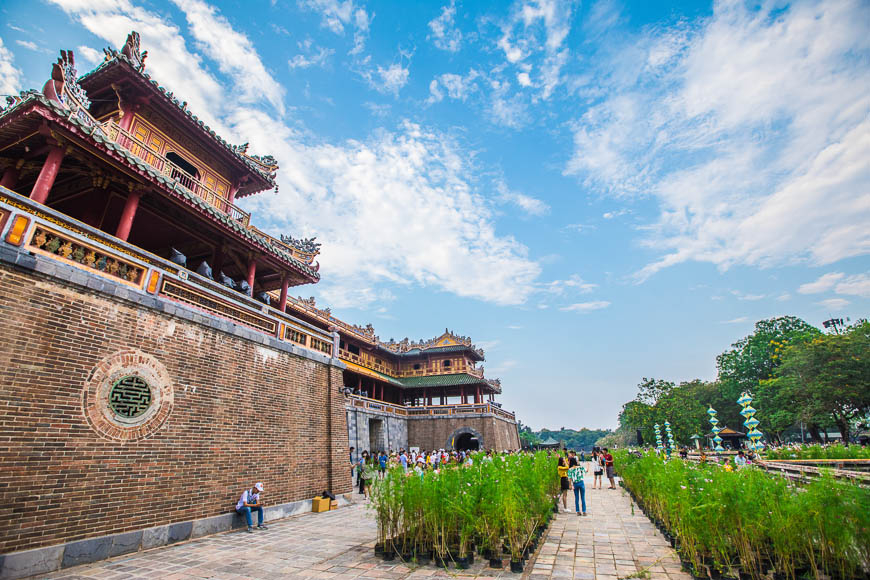
In the central city of Hue you'll find the last vestiges of the Nguyen Dynasty. Here, against a backdrop of forested hills with a meandering river at their feet, the Nguyen emperors erected administrative offices, military headquarters, palaces, temples and even their own tombs.
Vietnam’s feudal capital was strategically built along the banks of the Perfume River, with easy access to the sea. Taking inspiration from Beijing’s Forbidden City, the structures within the citadel were carefully laid out to be in cosmological alignment with the five elements, cardinal points and colours.
Take a leisurely amble around the complex and watch Imperial Vietnam come to life in full colour. Imposing statues, priceless treasures and intricate mosaics wait around every corner. Although the Nguyen Dynasty ended in 1945, the symbolic significance of the Hue Monuments–once the political, cultural and religious heart of Vietnam–still echoes today.
TIP: Be sure to charge your camera, as there are more photo opps here than you can count. Want to see more? Rent a bicycle and cycle to the tombs, soaking up views of Hue’s countryside on the way.
My Huế from Vietnam Tourism Board on Vimeo.
Trang An Landscape Complex
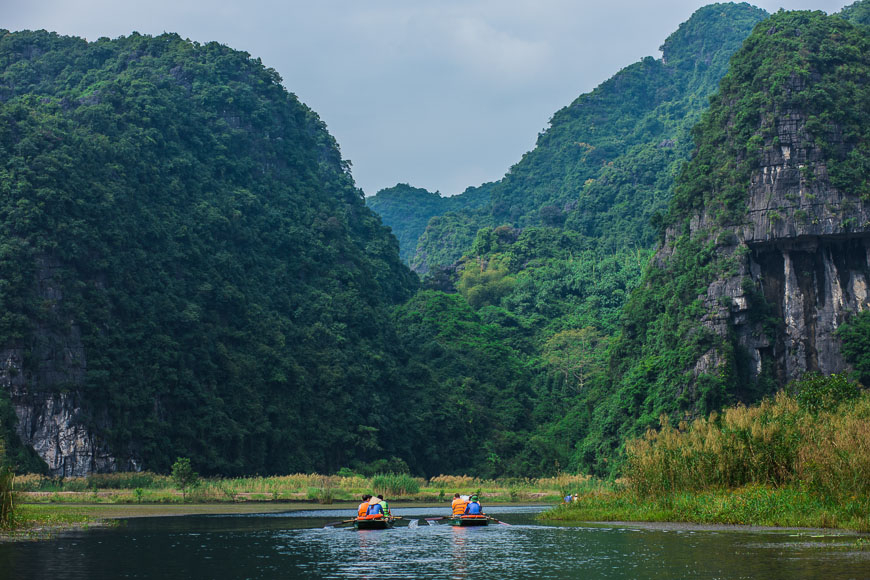
Ninh Binh has long enchanted visitors with a melding of sacred temples, serene countryside, and dramatic karsts. Three elements come together to render this one of Vietnam's top heritage sites: the Hoa Lu Ancient Capital -- the national seat of power in the 10th and 11th centuries -- the Trang An Scenic Complex, and the Hoa Lu Forest.
Ninh Binh's sublime landscape is made of karst peaks and towers, which rise steeply up from the valley below, itself covered in tranquil waterways and lush rice paddies. Traditional sampans rowed by local guides glide gently along the current, beneath dripping grottoes and past dense rainforest. Take a short climb to the mossy pagodas and viewpoints on the cliffs, and you'll have the entire panorama at your feet.
Hoi An Ancient Town
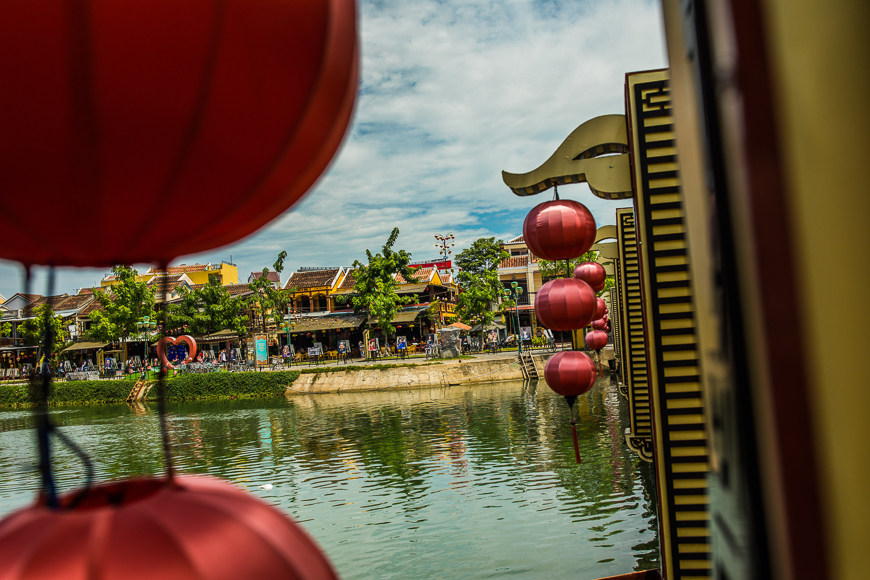
Hoi An was once a bustling trading port, welcoming merchants from far across the seas. Between the 15th and 19th centuries, Chinese, Japanese and Europeans settled along the banks of the winding Thu Bon River. Today, 30 hectares of this ancient town is preserved as a UNESCO Cultural Heritage Site.
Hoi An’s unique fusion of cultural influences reveals itself within its narrow streets. Weathered shop-houses squeeze shoulder-to-shoulder alongside ancestral homes, their tiled roofs decorated in exotic wood carvings. Tucked away from the old ferry quay, you’ll find an open market, pagodas and a timber bridge that once connected the town's Japanese and Chinese communities. Hoi An is even better in the evenings, when the faded streets glow in the light of thousands of lanterns.
TIP: Time your visit to Hoi An on a night with a full moon, and join the throngs of locals enjoying dragon dances, boat rides and moonlit revelry on the riverbanks.
Ha Long Bay
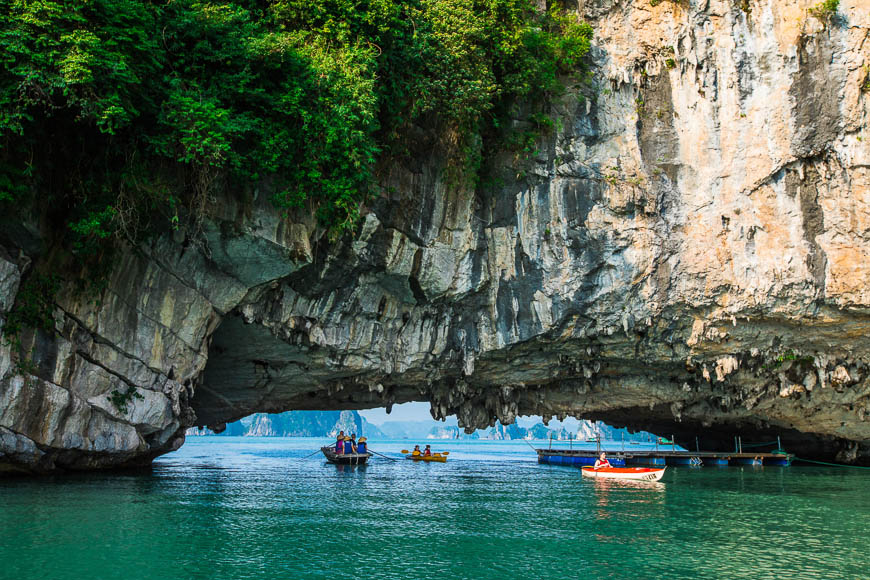
It’s no surprise Ha Long Bay is home to as many legends as it is islands. The name ‘Ha Long’ means ‘descending dragon’ and Vietnamese tell a tale of a dragon that descended from the sky, spitting out thousands of pearls that became the islands and islets we see today.
This spectacular bay and Natural Heritage Site stretches across the Gulf of Tonkin, 165 km from Hanoi. Hidden among more than 1,600 limestone formations, are secret grottoes, sparkling beaches, and jaw-dropping caves. The best way to go is on an overnight cruise. Mornings are for watching the sunrise, practicing tai chi or sightseeing in the caves. Afternoons are spent swimming, kayaking or simply relaxing on the sun deck. Evenings arrive with striking sunsets and soothing sea breeze, and leave behind a sky riddled with stars.
The scenery in the bay is enhanced by the local life that continues in this dream-like setting. Floating villages rest on rafts, children row to school, men fish for a living, and women cook and sell their wares–all in the company of Ha Long’s majestic karsts and emerald waterways.
TIP: Ha Long can be sunny and clear, cold and frigid, or foggy and misty depending what time of year you travel. Check the weather first to make the most of your time in the bay.
Phong Nha-Ke Bang National Park
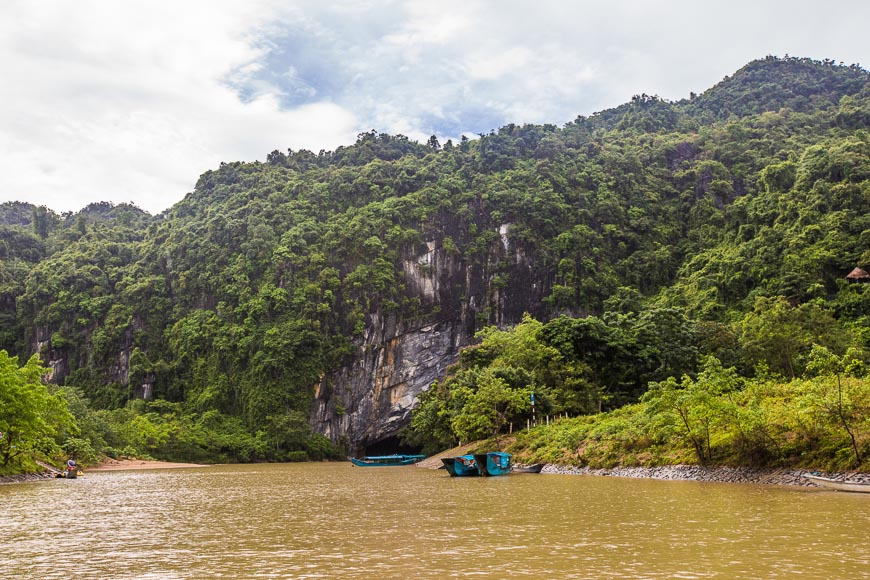
Part of the Annamite Mountain Range in Quang Binh Province, Phong Nha lures adventure lovers with an outstanding limestone karst ecosystem. The national park covers 126,236 hectares of dense tropical forest, enormous caves, and underground rivers.
Phong Nha lays claim to the second-largest cave in the world, Hang Son Doong, and is home a wide array of cave types, such as terraced caves, intersecting caves, and suspended caves. Multi-day excursions will take you deep into these spectacular caverns, where you can dive into glowing rock pools and camp beside subterranean rivers. For more gentle exploration, local boats will ferry you noisely through Phong Nha Cave and down the winding Son River.
Apart from scientifically important caves, Phong Nha-Ke Bang National Park shelters a large number of endemic species. Asiatic black bear, tigers and saola have all been spotted within the UNESCO-protected area, giving nature lovers even more reason to put Phong Nha on their itineraries.




